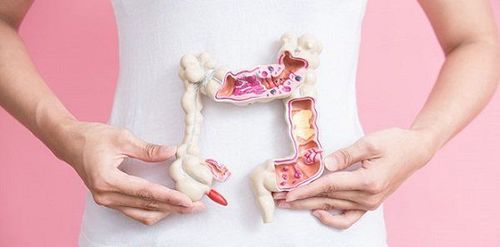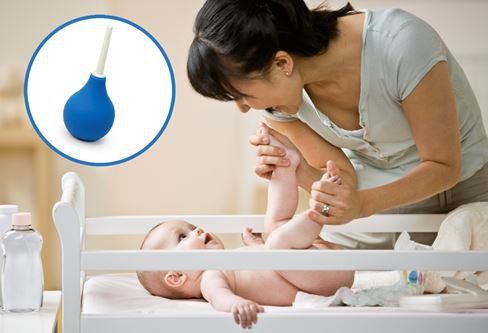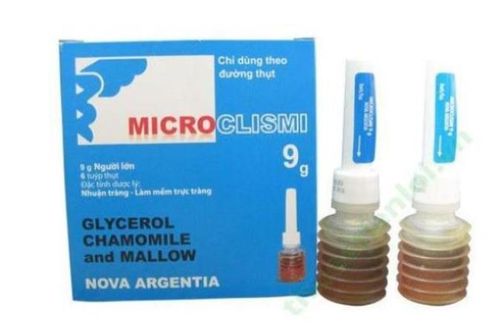This is an automatically translated article.
The article is professionally consulted by Doctor Vo Thi Thuy Trang - Gastrointestinal Endoscopy - Department of Medical Examination & Internal Medicine - Vinmec Da Nang International Hospital.Enema is a procedure that introduces water into the colon through the anus to soften and loosen hard stools and widen the intestinal wall, stimulating contraction to push the stool out. Colon cleansing procedure is performed to facilitate the colonoscopy process, allowing the doctor to observe carefully and obtain accurate diagnosis results.
1. What is a colon enema?
The colon is 1.5m long, about 4-6cm in diameter, and is located in the abdominal cavity. The colon has the function of absorbing water, concentrating stool, absorbing some drugs, glucose and mineral salts. The colon is divided into 2 parts:Right colon: About 55cm long, including the cecum, ascending colon, right half of the transverse colon; Left colon: About 1.2m long, including the left half of the transverse colon, iliac colon and rectum. Enema is a technique that introduces water through the rectum into the colon to loosen hard stools and help the bowel wall expand. The stimulated intestinal wall will contract, pushing stool and air out.
2. Indications and contraindications for enema removal
2.1 Designation
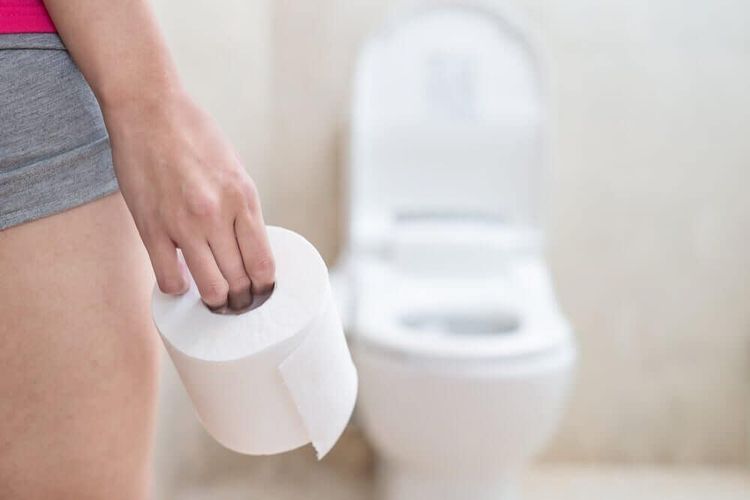
2.2 Contraindications
Patients with hypersensitivity to the active substances or components of the drug; Patients with appendicitis; Patients with inflammatory bowel disease, at risk of intestinal perforation such as typhoid or necrotizing enterocolitis; Patients with intestinal volvulus; Patients with anal and rectal lesions.3. Prepare before removing the enema to clean the colon
3.1 Notes for patients and nurses
Inform patients and relatives about the procedure to be performed, encourage the patient to feel secure and cooperate during the procedure; Instruct the patient in the necessary things; Do not remove the enema to clean the colon at mealtimes or visiting hours; Remind the patient to urinate before removing the enema.3.2 Preparation of tools
Nurses wash their hands, wear hats and masks before preparing equipment; 01 loading and unloading with rubber hoses, hanging posts for indentation; 01 clamp; 01 tray of beans; 01 enemas or anal catheters suitable for the patient; 01 container of warm water, the amount of water depends on the indication, usually 500 - 1500ml. Enema water is isotonic saline or potassium permanganate 10/00 or boiled water cooled at 37oC; 01 nylon sheet, 1 cover cloth or blanket; 01 flat pot; Some gauze, grease and toilet paper.4. The procedure of removing enema to clean the colon before colonoscopy
Compare the patient's name with the instruction sheet for enema and the medical record.Perform the technique:
Bring the instrument to the place of the procedure; Lined nylon sheet under the patient's buttocks; Have the patient lie on the left side with the left leg extended and the right leg bent. For patients with incontinence or children, they can lie on their backs; Take the catheter or catheter into the rubber tube of the enemas, clamp the tube; Pour water into the indentation; Hang it on a post, about 60-80cm from the bed. Do not hang too high because it will cause water to flow into the colon with strong pressure, causing strong peristalsis stimulation to push water out, not deep into the intestine, adversely affecting the results of enema and making patients uncomfortable; Lubricate the cannula or catheter tip; Open the clamp to allow water to flow into the pod tray to remove the air and cold water from the tube, and at the same time check the drainage of the rubber tube, cannula or catheter. The nurse then clamps the tube again. The operator can check the temperature of the enemas by running a few drops on the back of the hand. If it feels too hot or too cold, it needs to be adjusted; Remove the cloth to expose the patient's buttocks, one hand to expose the patient's buttock to expose the anus, one hand to gently insert the cannula or catheter into the anus until 2/3 of the cannula or tube is 12-15cm deep;
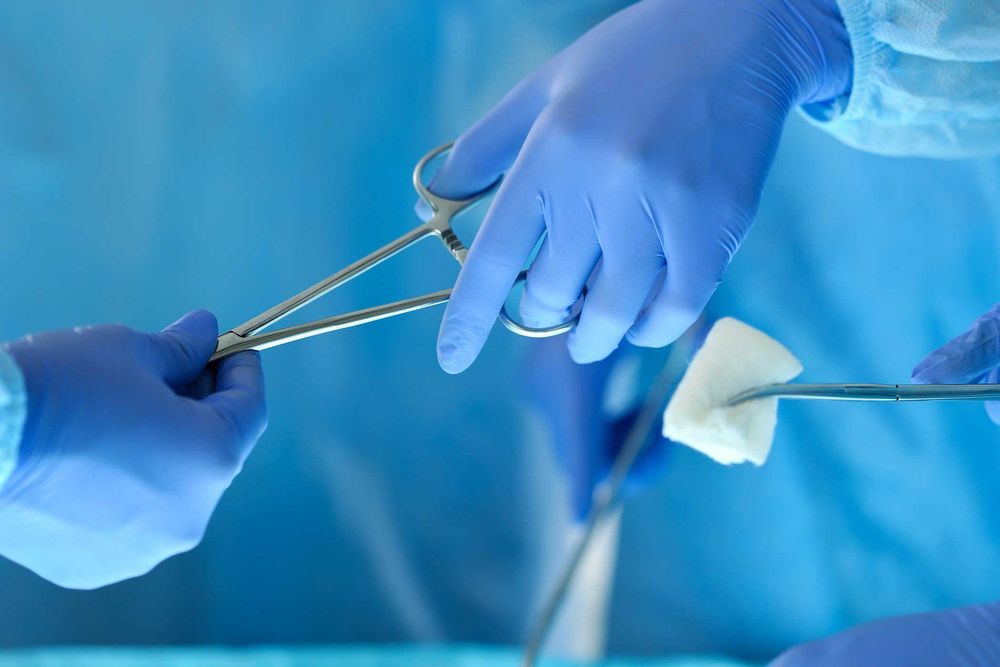
5. Follow up during and after enemas to clean the colon
While water enters the colon, if the patient complains of abdominal pain or wants to have a bowel movement, the procedure should be stopped, the water should not be allowed to enter and the doctor should be informed; Monitor the patient's pulse, blood pressure, temperature, breathing rate to detect abnormal changes after enema removal; If there is anal bleeding after taking enemas, consult your doctor. Performing an enema to clean the colon is a necessary procedure to help the doctor see the colon clearly, support the colonoscopy process more smoothly, for more accurate results. Therefore, the patient should strictly follow the instructions of the medical staff during the enema procedure.With nearly 20 years of working at Da Nang General Hospital in the field of gastrointestinal endoscopy - hepatobiliary disease, every year, Doctor Vo Thi Thuy Trang participates in endoscopy more than 1500 cases including: endoscopic diagnosis of diseases stomach, colon such as: detecting inflammation, ulcers, polyps, cancer, finding HP bacteria, detecting cancer early in the digestive tract...; Endoscopic treatment such as: Hemostasis in gastrointestinal bleeding, esophageal varices ligation in cirrhosis, endoscopic gastrointestinal polypectomy...
Please dial HOTLINE for more information or register for an appointment HERE. Download MyVinmec app to make appointments faster and to manage your bookings easily.





